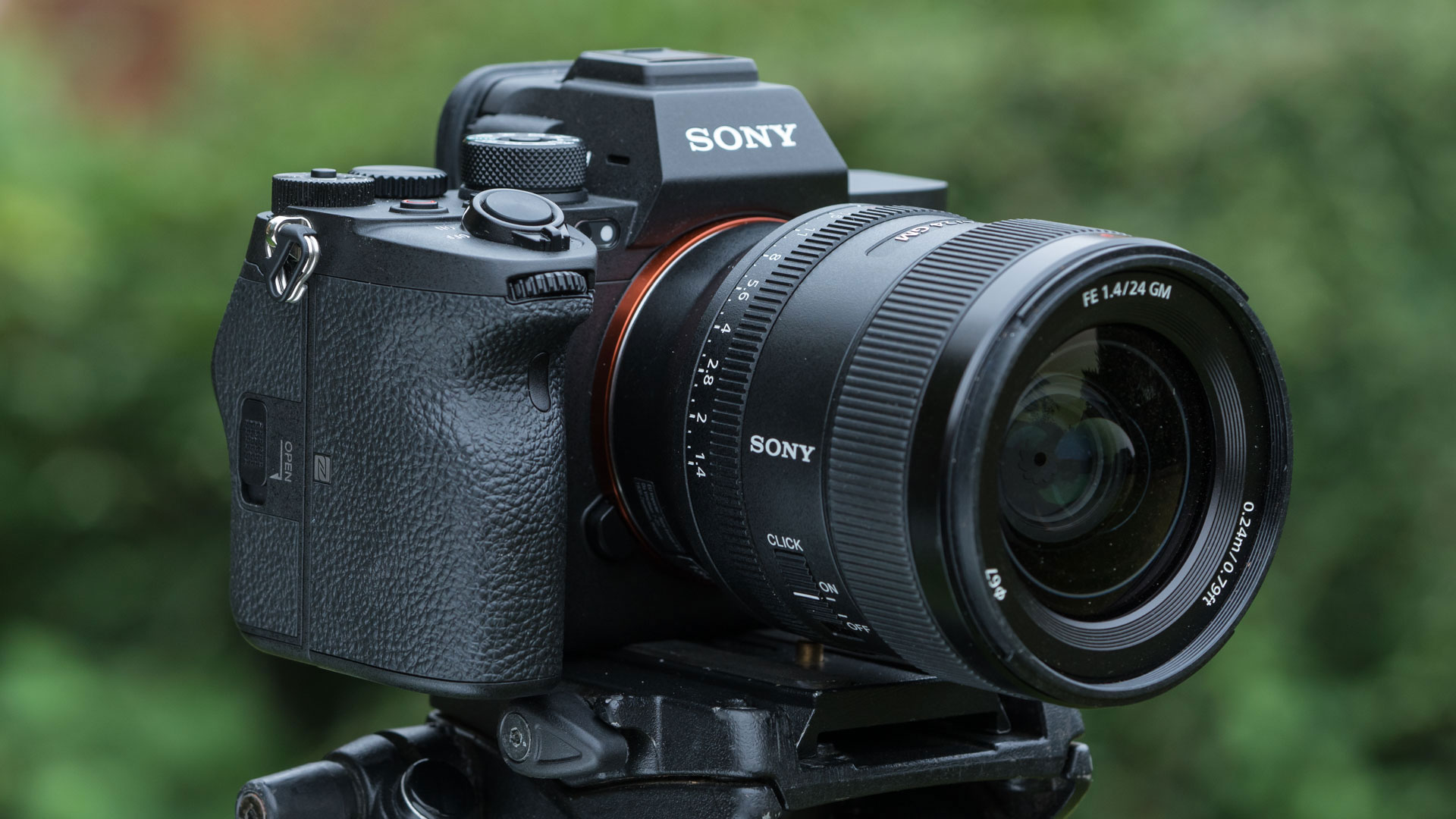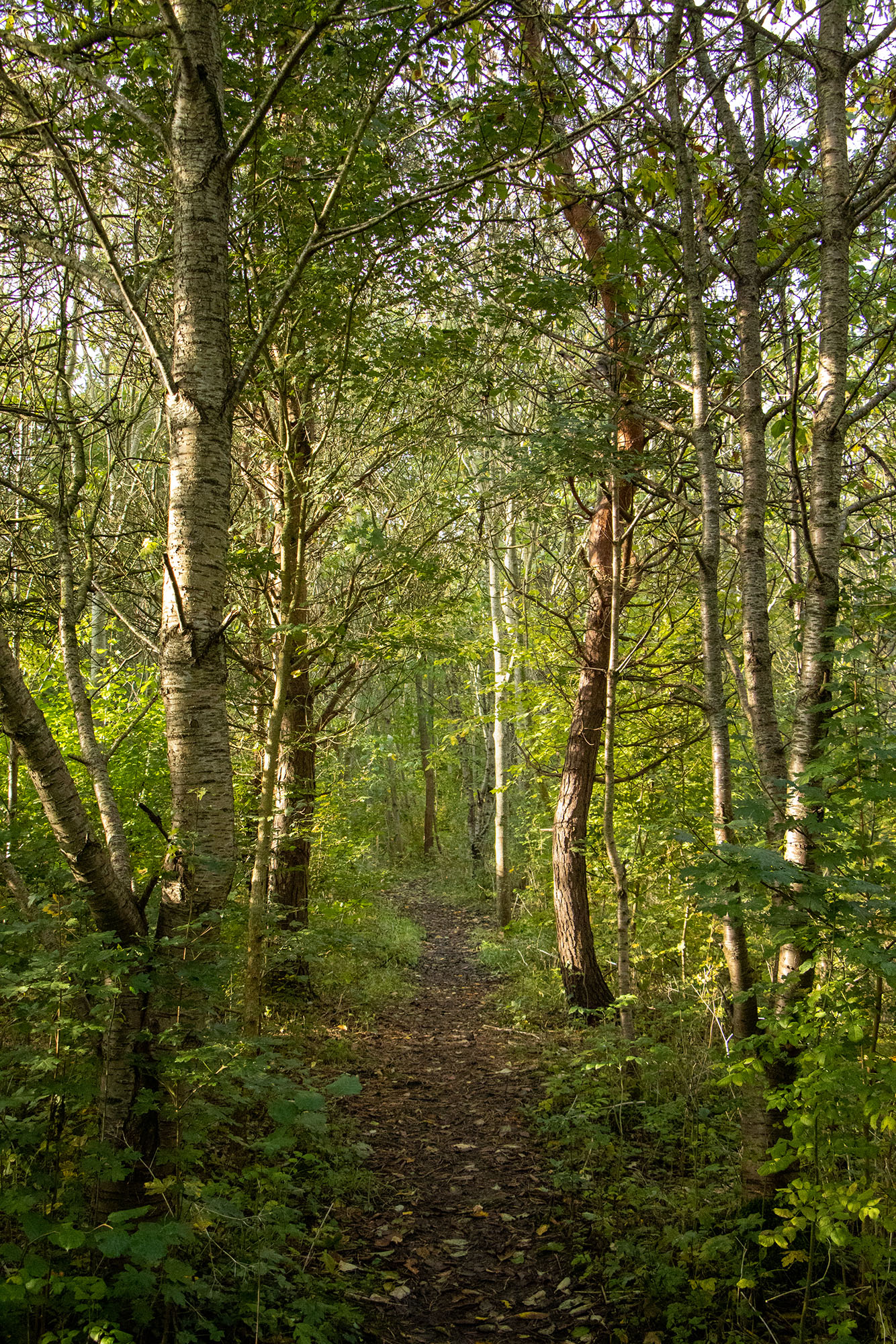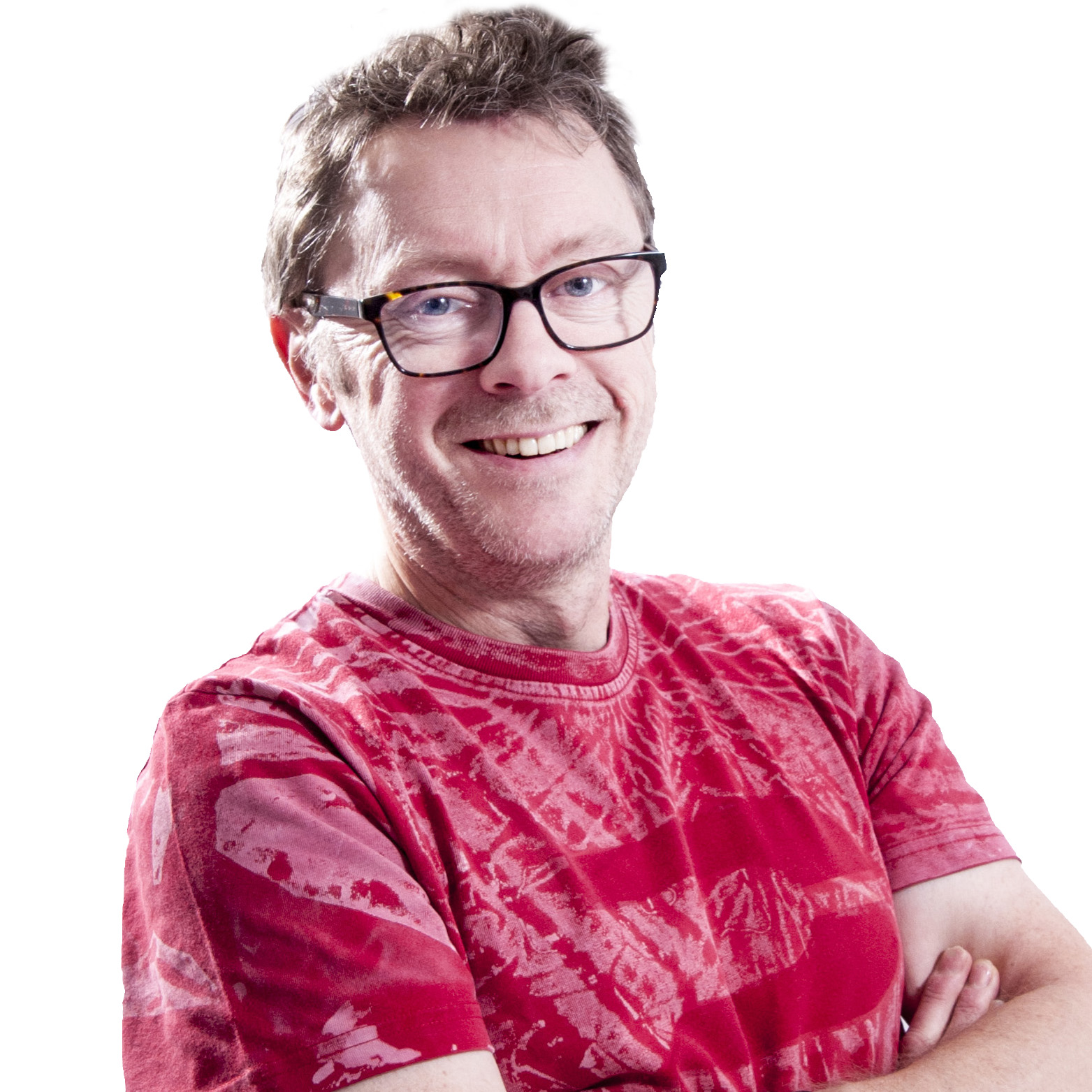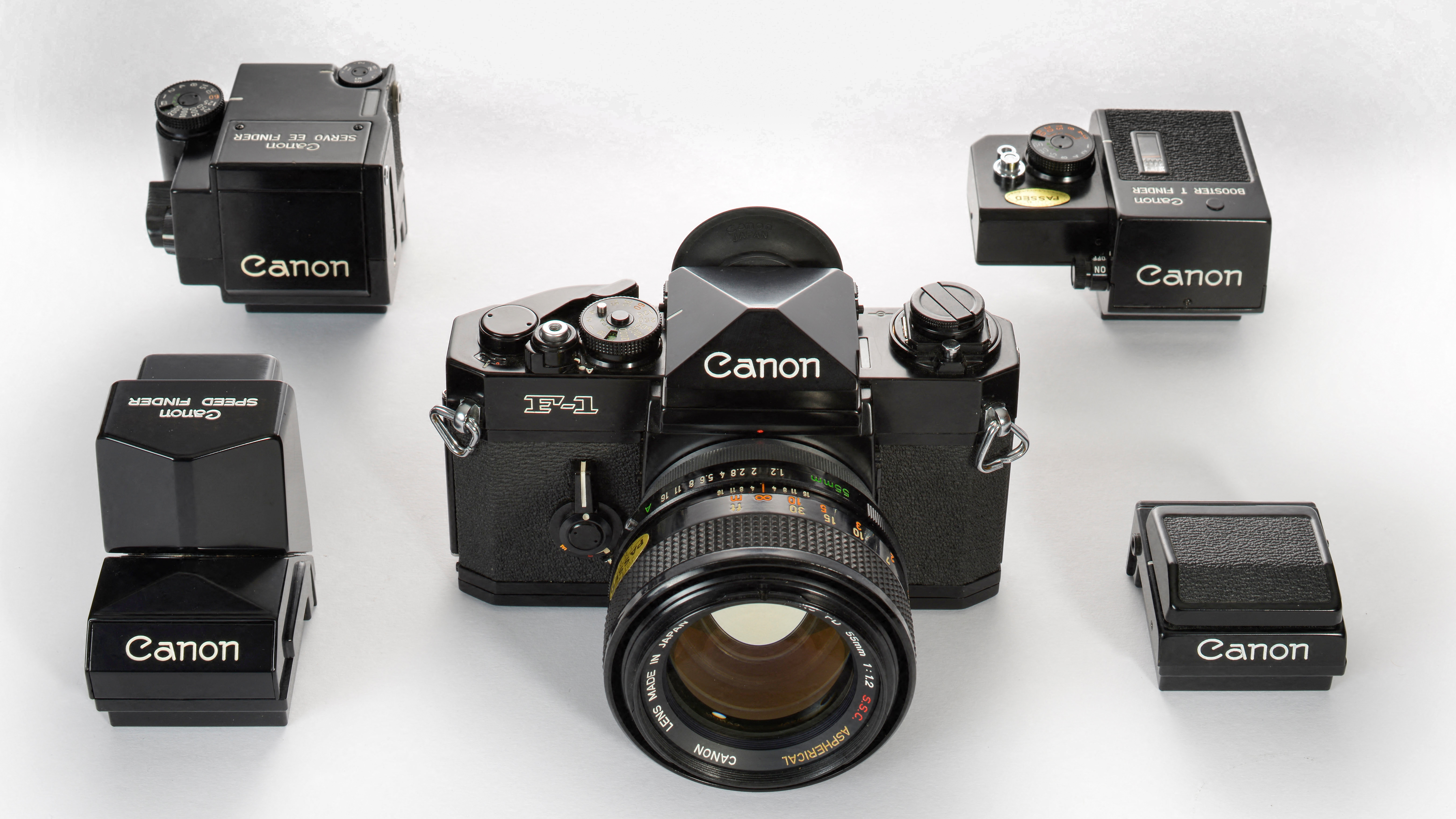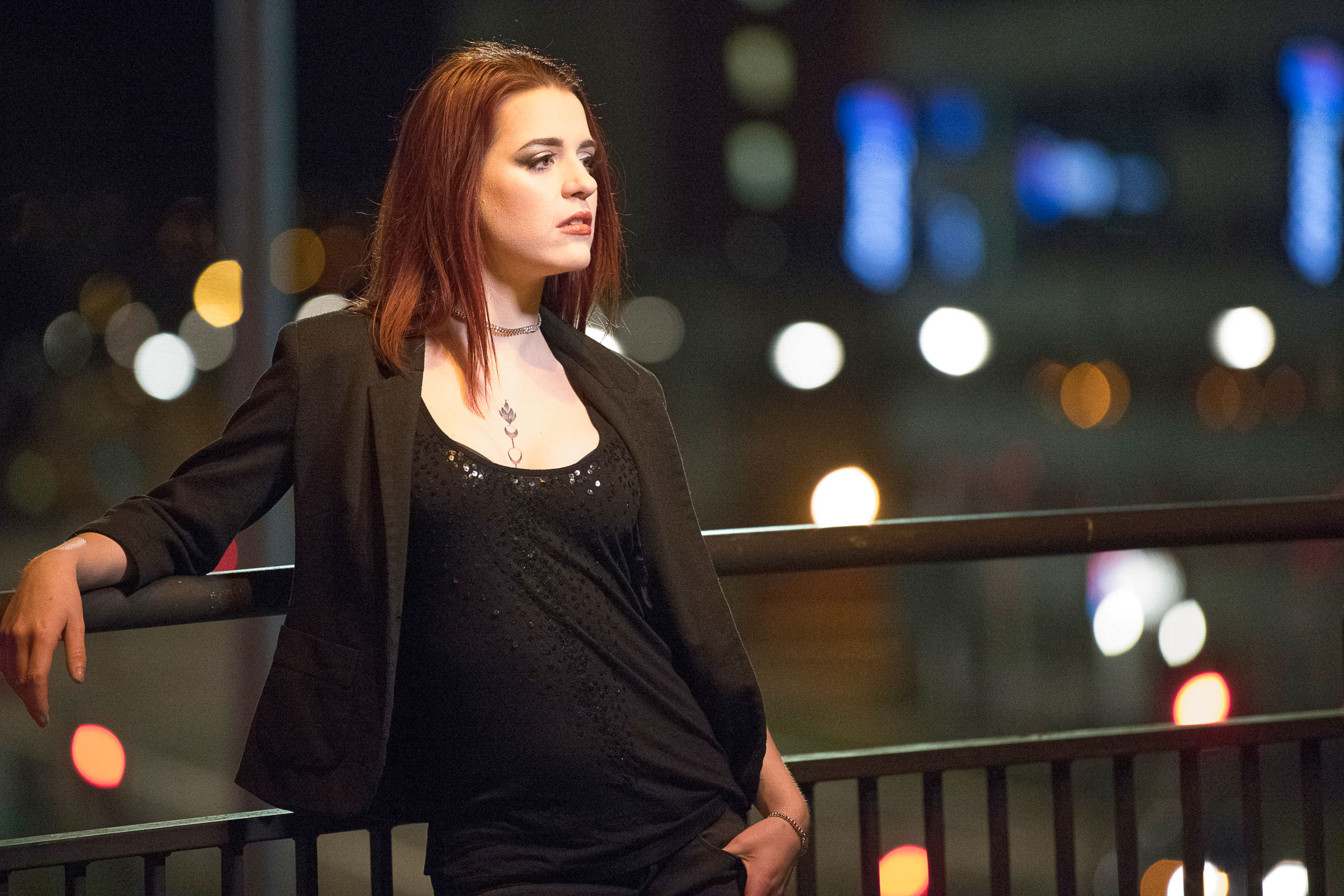
In visual terms, digital noise looks like a random speckling of grain (and in audio terms it sounds like hum or hiss). But the crucial thing is, this noise isn’t part of the image, or 'signal' you’re trying to shoot or record – it’s electronic interference generated by the recording kit itself.
Any electronic equipment that records stills, videos or audio, is undergoing a constant battle in doing its job. Most of the time, we don’t even notice, as the gear has been expertly designed to seamlessly translate the signal it receives – light or sound waves – into the crisp images or high-fidelity audio files we all enjoy in our creative endeavours. But if you start making the recording job more difficult by reducing the level of the light or sound you want to capture, you’ll soon witness the main antagonist in this battle – noise.
Noise is unavoidable
Cameras, microphones and recorders are stuffed to the gills with electronic components, and when all this is powered up, it can’t run silently. If the signal you’re recording is good (brightly lit or loud), then it overpowers the noise to such an extent that the noise becomes invisible or inaudible.
But if the signal is weak, then when you boost the ISO to force a scene to be ‘brighter’ or crank up the pre-amp gain to get an acceptable recording level, the noise gets boosted to the same degree, and becomes noticeable, causing a destructive effect.
Things that reduce noise
One factor in camera noise control is sensor size, as the larger sensors in full-frame cameras have bigger photosites than their smaller counterparts (assuming the same pixel-count). Bigger photosites have more light-gathering ability, so you get more signal and less noise.
But as you can’t do anything about the size of your camera’s sensor, your main weapon in the noise battle is your ISO setting. The lower you can keep it, the less noise your camera will generate.
Advances over the years have made this much less of a problem, and the latest cameras can capture shots with acceptable noise levels at high ISO settings of 1600 or more.
The best camera deals, reviews, product advice, and unmissable photography news, direct to your inbox!
In-camera and software post-processing has moved on too, so even if your high-ISO shots look a bit noisy at first glance, careful raw processing or noise reduction plugins can go a long way to repairing the damage.
How high can you go with ISO?
The amount of noise that’s acceptable in a picture is a subjective matter. If it doesn't bother you, it's not a problem? It can be worse for video, however, because the constantly shifting noise patterns can be more distracting than the noise in a still image.
Nevertheless, many photographers assume that they can’t shoot above a certain threshold because of what they’ve read or what they experienced with a camera 20 years ago that they’ve since replaced twice!
A good idea is to find YOUR camera’s ISO ‘ceiling’ based on your kind of photography and your aesthetic sensibilities. Next time you’re out shooting a typical scene or subject, after capturing the pic at the default ISO you’d normally use, take a brace of shots at increasingly higher ISOs.
You might have to stop down the aperture to keep the exposure within range, but run it as high as conditions will allow so you have an ISO comparison set. When you’re back at your computer, load them up and find out the highest ISO setting that still gives an acceptable level of detail and colour to YOUR eyes. Whatever that number is – that’s your ISO ceiling – so don’t be afraid to use it when the need arises!
Read more:
• Best low light cameras
• Best tripods
• DxO PureRAW review
Jon started out as a film-maker, working as a cameraman and video editor before becoming a writer/director. He made corporate & broadcast programmes in the UK and Middle East, and also composed music, writing for TV, radio and cinema. Jon worked as a photographer and journalist alongside this, and took his video skills into magazine publishing, where he edited the Digital Photo magazine for over 15 years. He is an expert in photo editing, video making and camera techniques.
